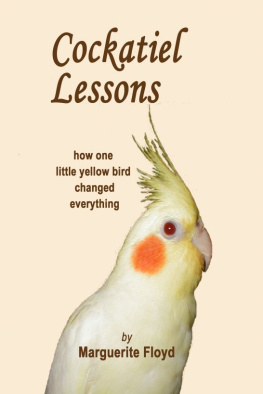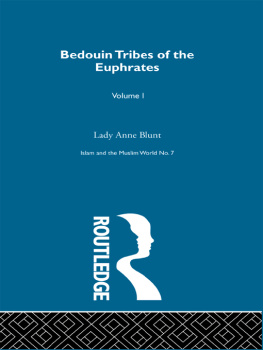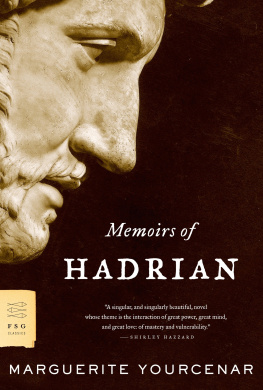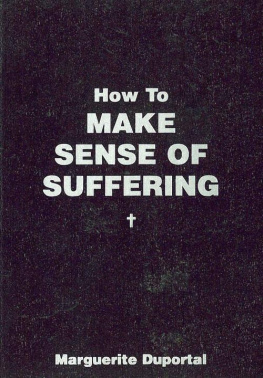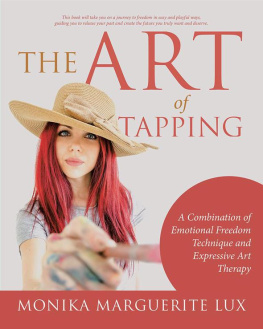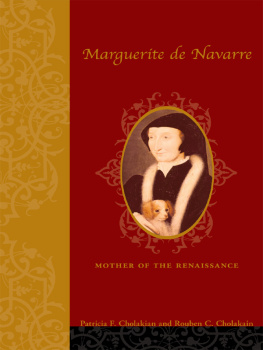van Geldermalsen - Married to a Bedouin: Marguerite van Geldermalsen
Here you can read online van Geldermalsen - Married to a Bedouin: Marguerite van Geldermalsen full text of the book (entire story) in english for free. Download pdf and epub, get meaning, cover and reviews about this ebook. year: 2010, genre: Non-fiction / History. Description of the work, (preface) as well as reviews are available. Best literature library LitArk.com created for fans of good reading and offers a wide selection of genres:
Romance novel
Science fiction
Adventure
Detective
Science
History
Home and family
Prose
Art
Politics
Computer
Non-fiction
Religion
Business
Children
Humor
Choose a favorite category and find really read worthwhile books. Enjoy immersion in the world of imagination, feel the emotions of the characters or learn something new for yourself, make an fascinating discovery.

- Book:Married to a Bedouin: Marguerite van Geldermalsen
- Author:
- Genre:
- Year:2010
- Rating:3 / 5
- Favourites:Add to favourites
- Your mark:
- 60
- 1
- 2
- 3
- 4
- 5
Married to a Bedouin: Marguerite van Geldermalsen: summary, description and annotation
We offer to read an annotation, description, summary or preface (depends on what the author of the book "Married to a Bedouin: Marguerite van Geldermalsen" wrote himself). If you haven't found the necessary information about the book — write in the comments, we will try to find it.
Married to a Bedouin: Marguerite van Geldermalsen — read online for free the complete book (whole text) full work
Below is the text of the book, divided by pages. System saving the place of the last page read, allows you to conveniently read the book "Married to a Bedouin: Marguerite van Geldermalsen" online for free, without having to search again every time where you left off. Put a bookmark, and you can go to the page where you finished reading at any time.
Font size:
Interval:
Bookmark:
Married to a Bedouin
MARGUERITE VAN GELDERMALSEN
Hachette Digital
Published by Hachette Digital 2010
Copyright Marguerite van Geldermalsen 2006
The moral right of the author has been asserted.
All photographs courtesy of the author unless otherwise stated.
Extract from The Elephant and the Bad Baby by Elfrida Vipont,
illustrated by Raymond Briggs (Hamish Hamilton 1969).
Text copyright Elfrida Vipont Foulds 1969.
Reproduced by permission of Penguin Books Ltd.
All rights reserved.
No part of this publication may be reproduced, stored in a retrieval system,
or transmitted in any form or by any means, without the prior permission in
writing of the publisher, nor be otherwise circulated in any form of binding or
cover other than that in which it is published and without a similar condition
including this condition being imposed on the subsequent purchaser.
A CIP catalogue record for this book
is available from the British Library
This ebook produced by Jouve, France
Hachette Digital
An imprint of
Little, Brown Book Group
100 Victoria Embankment
London EC4Y 0DY
An Hachette UK Company
in memory of Mohammad


Font size:
Interval:
Bookmark:
Similar books «Married to a Bedouin: Marguerite van Geldermalsen»
Look at similar books to Married to a Bedouin: Marguerite van Geldermalsen. We have selected literature similar in name and meaning in the hope of providing readers with more options to find new, interesting, not yet read works.
Discussion, reviews of the book Married to a Bedouin: Marguerite van Geldermalsen and just readers' own opinions. Leave your comments, write what you think about the work, its meaning or the main characters. Specify what exactly you liked and what you didn't like, and why you think so.

